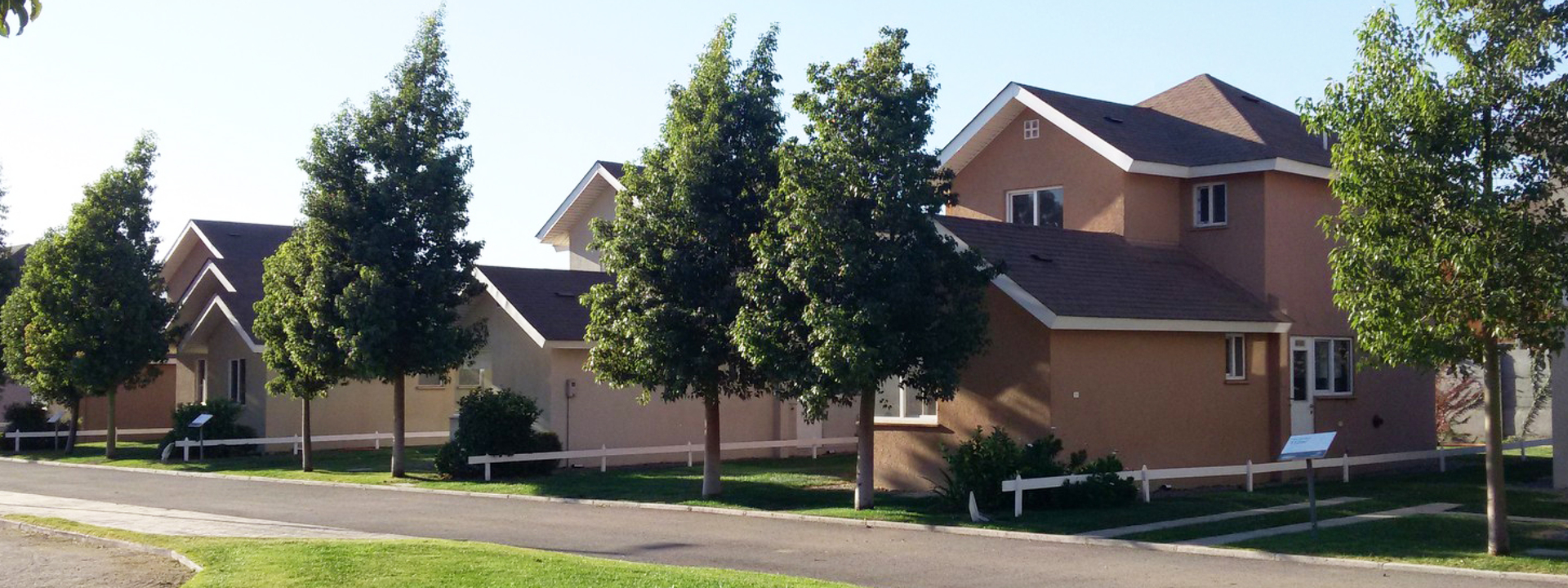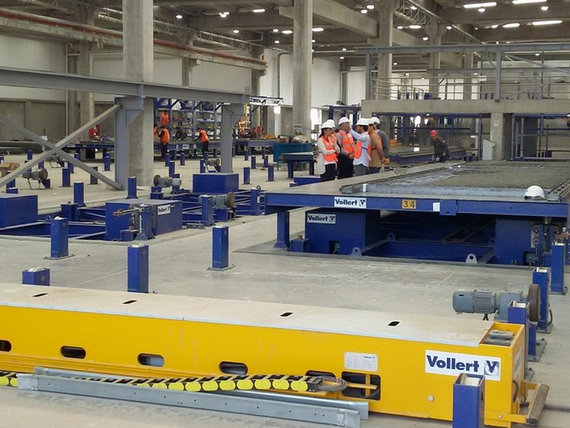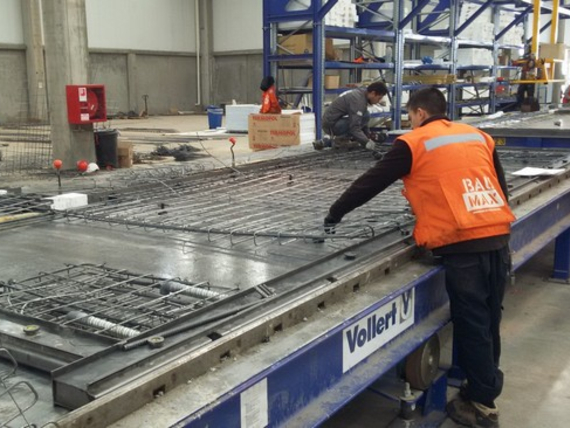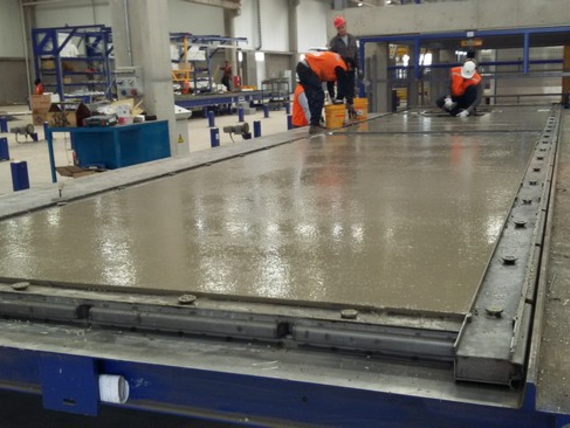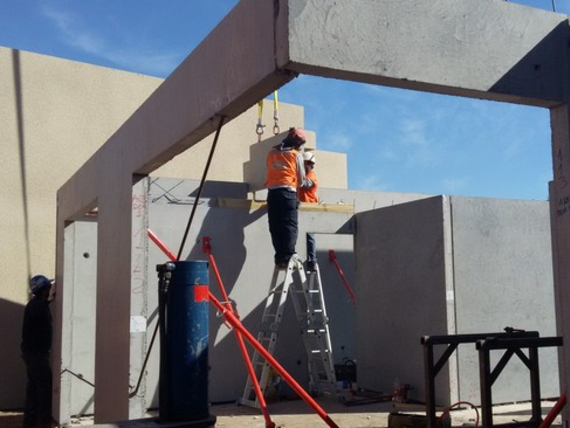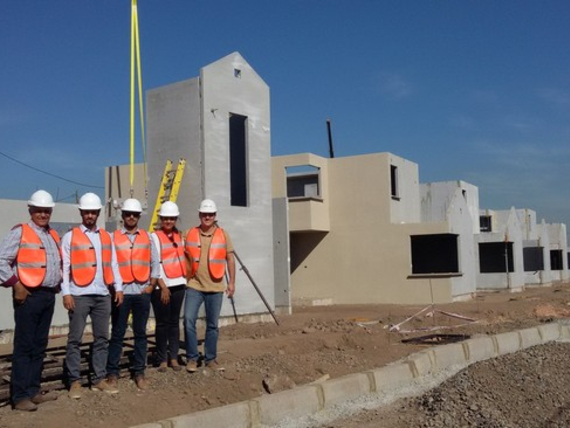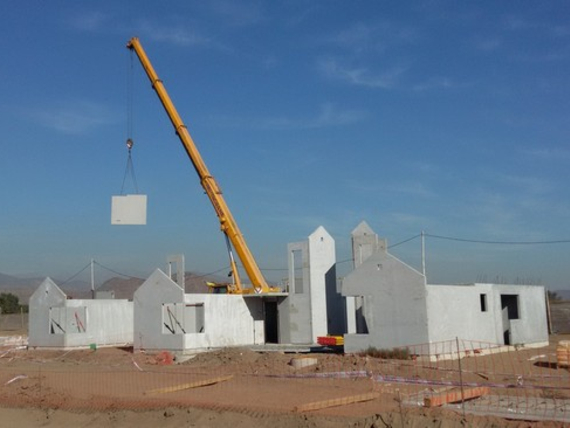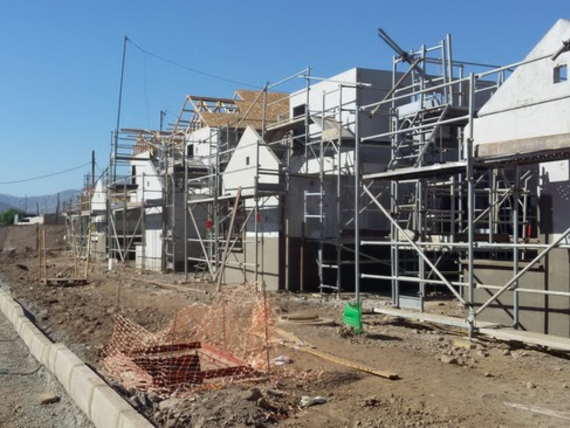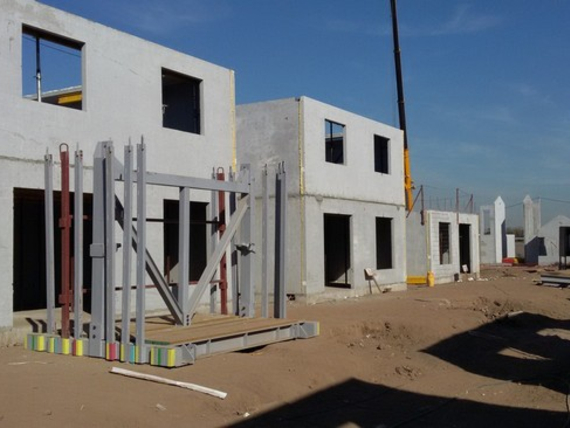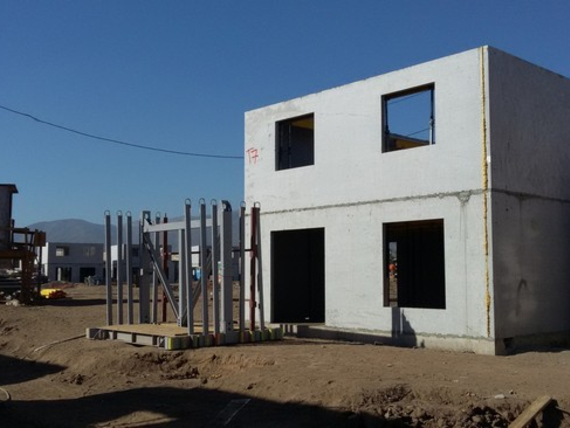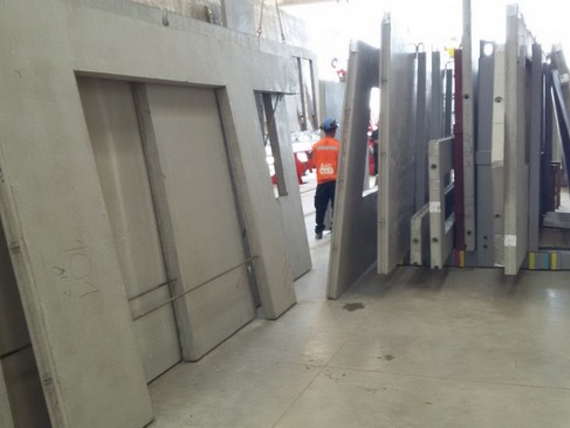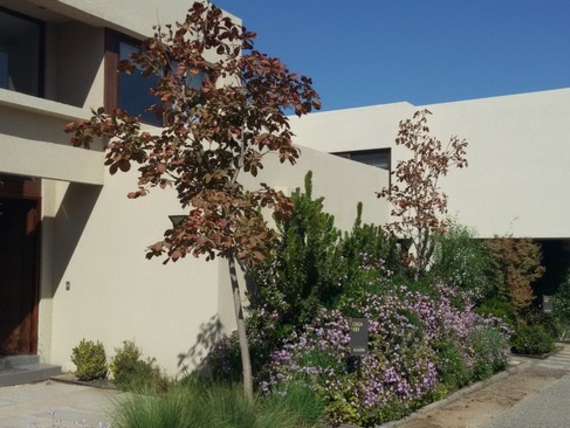Due to consistent time and cost management, the construction projects, from the first architect's pencil stroke to industrially precast concrete components, are realized today within a much shorter timeframe. In addition, the precast construction technology is considered environmentally friendly and resource-saving and provides a significantly higher building quality. It was also recognized in Chile in the early 70s. More than 150 detached houses and 3,500 apartments were planned then as a mutual pilot project of the Chilean government and the former Soviet Union. However, due to various hindrances and, above all, high investment costs of machinery production and unmet challenges posed by climate and seismic activity in vast parts of the country, the precast construction system did not catch on.
Successful Chilean-German Cooperation
Today, innovative prefabricated architecture and high economic viability of industrialized manufacturing process makes it different. Besides, the Chilean construction industry has experienced an immense building boom and demand, particularly for low-priced housing is excessive. Through the combined efforts of the Chilean developer BauMax, engineering office and earthquake specialist Sirve SA and German plant manufacturer Vollert the construction system is close to a breakthrough. "Starting from the manufacture of the first prototypes in Germany up to the final assembly in Chile, a great deal has taken place with the involvement of architects, designers, planners and experts. Now we are able to manufacture seismically proof concrete precast walls and floor slabs of high quality automatically within a short period." says Sebastián Lüders, Technical Director of BauMax, cheerily. Now, upon successful fabrication of the first model settlement of this kind, BauMax Group starts serial production of the houses of the new type. "At the new concrete precast production facility in the capital, Santiago de Chile, up to 500,000 sq.m of element slabs, solid, double and sandwich walls are produced annually in a modern circulation system based on Vollert technology" reports Wesley Gomes, CEO of the Vollert do Brasil, proudly.
German engineering and highly automated machine technology
"From the low-cost principle initially planned, a patented 'Mediterranean concept' with a superior standard has been developed" Gomes adds. Thus, a SMART SET casing robot positions precisely the formwork profiles on the prepared circulation pallet with high traverse speed. The casing system is pre-contoured and positioned by the CAD/CAM software. The casing robot has four axes for simultaneous traversing. With process acceleration of 4 m/s² the horizontally traversing X and Y axes travel with speed of up to 3 m/s, the vertically traversing Z axis - up to 1.6 m/s. "The high level of automation ensures productive and resource-saving processes" states Lüders from BauMax. "The same applies to concreting procedure." A modern CAD/CAM-steered SMART CAST concrete spreader makes up an exactly prescribed amount of concrete on the high level of precision. Concrete production utilizes spiked rollers/slide valve installation. The output volumes and spiked rollers speed (frequency controlled) can be set optimally to various concrete consistencies. Hydraulically operated gate-type slide valves omit sectors, where should be no concrete e.g., window areas. By the slide valve width setting, the outlet width can be set optimally for different types and consistencies of concrete (normal, lightweight etc.). Optimum upper casing of the solid concrete parts in the exposed concrete quality and compaction of the stronger reinforced supporting deck for double and sandwich walls is ensured by subsequent concrete compaction using a combined VArio COMPACT² shaking/vibrating station. The low-frequency shaking is generated by four imbalance drives. This enables optimum circular shaking motion with low noise generation. In addition, concrete compaction is achieved by an integrated high-frequency vibrating station. Vibration energy of eight external vibrators is transferred to the pallet by roller blocks. A floor crane VArio STORE stacks the half-finished concrete elements for the curing process into the fully insulated VArio CURE curing chamber.
The latest technology has been also introduced in the double wall production. A cutting-edge VArio TURN rotating unit joins the upper and lower casings of the double walls. The cured upper casing is tensioned by hydraulic clamping arms. First, the lifting cylinders lift the turning frame for the subsequent rotation process. During rotational movement, the gravitational forces are taken over by longitudinal stop, which ensures safe turning operation and prevents lateral slip of the finished parts. Firmly mounted and manually adjustable spacers enable producing walls of different strengths.
Outlook
"With the new precast construction system, we will sustainably change the construction industry in Chile" says Sebastián Lüders from BauMax confidently "We can finally meet the high demand for low-priced and yet high-quality housing." Concerns about public opinion and politics have been resolved, which is confirmed today already by numerous inquiries about the project.

